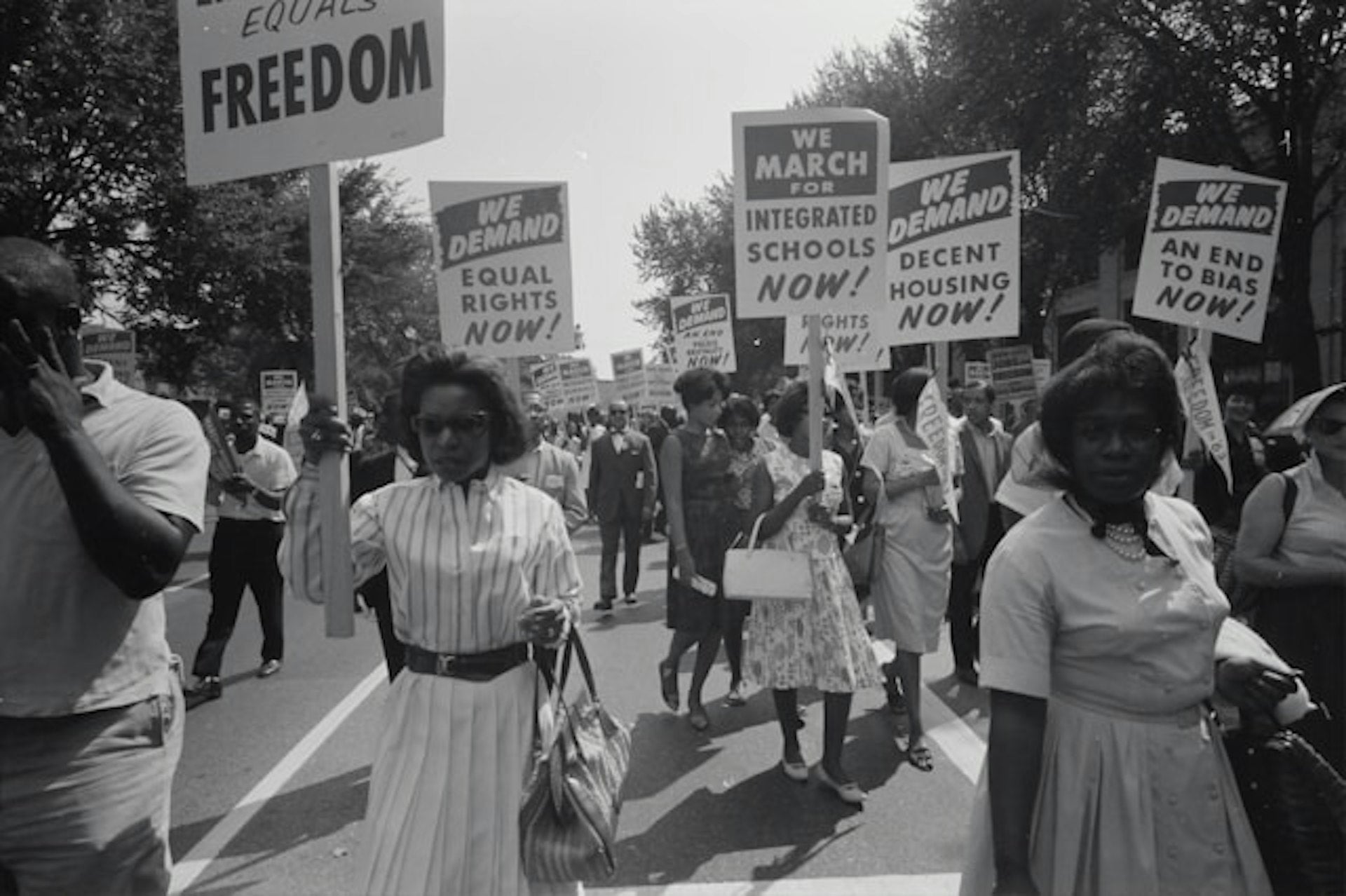“We are witnessing a multi-decade retreat from school integration”
A new report published by the UCLA Civil Rights Project, The Unfinished Battle for Integration in a Multiracial America – from Brown to Now, discusses the present realities of school segregation and the patterns of change over 70 years since the Brown v. Board ruling.
“We desegregated our schools when a serious effort was made and there were major benefits for all students. However, there has been no significant effort to support integration for nearly 50 years, and we are betting our educational and social future on inaction, which has never produced equal opportunity,” said report co-author Gary Orfield, the co-director of the Civil Rights Project/Proyecto Derechos Civiles at UCLA.
“We are witnessing a multi-decade retreat from school integration, which undermines the potential of our public education system to reduce prejudice, tackle social inequality, and thus shore up the foundations of democracy,” adds Ryan Pfleger, Senior Policy Research Analyst at the Civil Rights Project/Proyecto Derechos Civiles and a co-author of the report.
Brown v. Board of Education was a turning point in American law and race relations. In a country where segregated education was the law in seventeen states with completely separate and unequal schools, Brown found that segregation was “inherently unequal” and violated the Constitution.
The high point of integration for Black students occurred in the 1980s, but there has been steady resegregation since the Rehnquist Supreme Court changed desegregation policy with the Dowell decision in 1991. The turning point toward greater segregation came after the Court decided desegregation requirements could only be temporary, and control should be turned back to the institutions that discriminated before Brown.
The Supreme Court also recognized the desegregation rights of Latino students in 1973 but there was little enforcement. Latino students, who had often been in diverse schools, became as segregated as Blacks by the 1980s.
Seventy years later the school integration that came with the civil rights movement continues to be dismantled. The new report shows that when Brown was decided, and the 1964 Civil Rights Act took hold, four in five U.S. students were white, but that percentage is now just 45%. Schools presently are about a sixth Black, and immigration has spurred the growth of Latinos from 5% to 28% of all U.S. students, while Asians are now the fastest growing racial group.
The report shows that major gains for Blacks occurred in all Southern states after the Civil Rights Act was enforced. At its high point in the 1980s, 43% of Black Southern students attended majority white schools, up from 0% when Brown was decided in 1954. Now the percentage is down to 16%. Segregation today is highest in our nation’s big cities where Black and Latino students attend schools with an average of more than 80% nonwhite classmates. Major sectors of suburbia are changing fast and have serious segregation. Rural areas are less segregated.
Over the last 30 years, the proportion of schools that were intensely segregated (with zero to 10% whites) has nearly tripled, rising from 7.4% to 20%. These schools are now doubly segregated by race and poverty with an average of 78% poor students.
A large body of research shows that such schools typically lack key resources and have much weaker outcomes for students. White and Asian students attend middle-class schools at much higher proportions. Moreover, the data show that the declining share of white students in the nation’s schools are less isolated from nonwhite students than in the past. As their numbers grow, nonwhite students are, however, substantially more isolated from whites and the white share of students drops as immigration has changed the racial profile of the society.
School choice policies have contributed to the resegregation of the nation’s schools. Both magnet and charter schools could be used to desegregate but are now substantially segregated, charter schools more intensely so.
The Civil Rights Project will be publishing a report in late April comparing magnet and charter school segregation.
The Unfinished Battle for Integration in a Multiracial America – from Brown to Now is available on the Civil Rights Project website.
